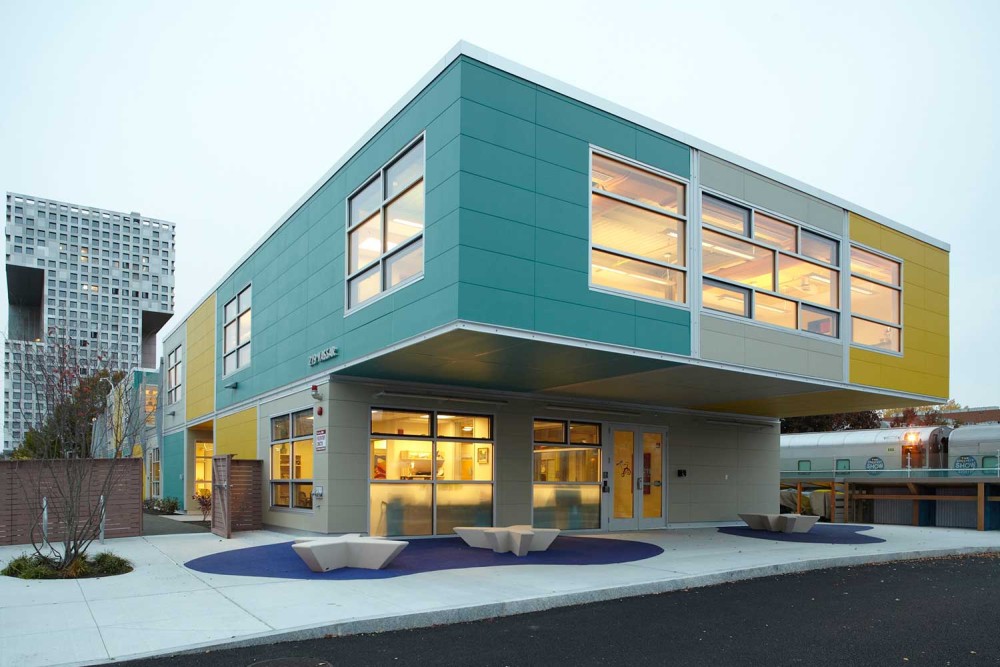Construction technology has taken a huge leap with the introduction of modular building methods. This technology is replacing the traditional on-site construction quicker than anticipated.
As more and more industries are moving towards environmentally responsive manufacturing and production methods, the construction industry hasn’t remained untouched. Modular construction technology is an environmentally responsive construction method since it aims at maximizing adaptability and reuse of the construction materials.
Lyons USA, a real-estate private equity firm founded by Angus Reed has been actively involved in funding and accelerating this innovative technology. Angus Reed and Lyons USA have made huge investments in New York to ensure construction methods do not harm the environment any further.
The modular construction can be broadly categorized into two types Permanent Modular Building and Relocatable Buildings. Here are a few highlights of the features of each type:
Permanent Modular Building: In this construction method, the modules are constructed off-site while the construction site is prepared. The prefabricated structures are then transported to the building site. These structures are needed to be stronger than the traditional structures so that they can bear the stresses they will go through while they are being transported.
One has the flexibility to either attach the structures to the already existing structure or have it stand on its own. One can construct a multistory building with relative easiness while following this construction method.
Relocatable Building: These are similar to Permanent Modular Buildings in the sense that the same quality and standards are maintained in the construction of its modules. They are however relocatable or portable, and can be easily disassembled and relocated. This is because the modules are not permanently fixed to the ground. Modules of a relocatable building are installed on a concrete pier foundation and are anchored to it.
For example, a building that is serving as an office space can be modified to serve the purpose of housing. This unique feature gives a lot of flexibility and makes them economically more attractive option.
Here are a few questions that will help you to determine which construction technique will work best for you:
Building lifetime: Permanent modular building is made keeping in mind that the building will last for a time that is comparable to that of the building constructed with traditional methods. Whereas, in relocatable modular buildings, the modules are made for the purpose of being relocated in some future time.
Materials to use: While concrete and steel structures are used in both the techniques, wood-based modules are predominantly used in relocatable buildings. Permanent modular construction utilizes concrete and steel more than relocatable construction method.
Purchase or lease of modules: Relocatable building modules can be purchased, sold or rented/leased. But the same cannot be done with Permanent building modules.
Time needed for construction: Relocatable buildings can be construction in a very little time. Usually, it will take around 30 days for a building to get constructed with this method. On the contrary, permanent modular construction can take up to 4 months for the same construction.
The above-mentioned considerations will help you in evaluating which construction method suits you the best.
Modular construction has many benefits over the conventional construction methods. According to U.S Bureau of Labor Statistics, 57% of activities in conventional construction are unfruitful and does not add any value to the process. By using this modular technology, one can increase the return on his investment by 13%. Note that this is just the quantifiable benefit of this technology.
In today’s world, there is a need to provide a service in a way that is more reliable and faster than ever. Modular construction has provided this solution to the construction industry.

